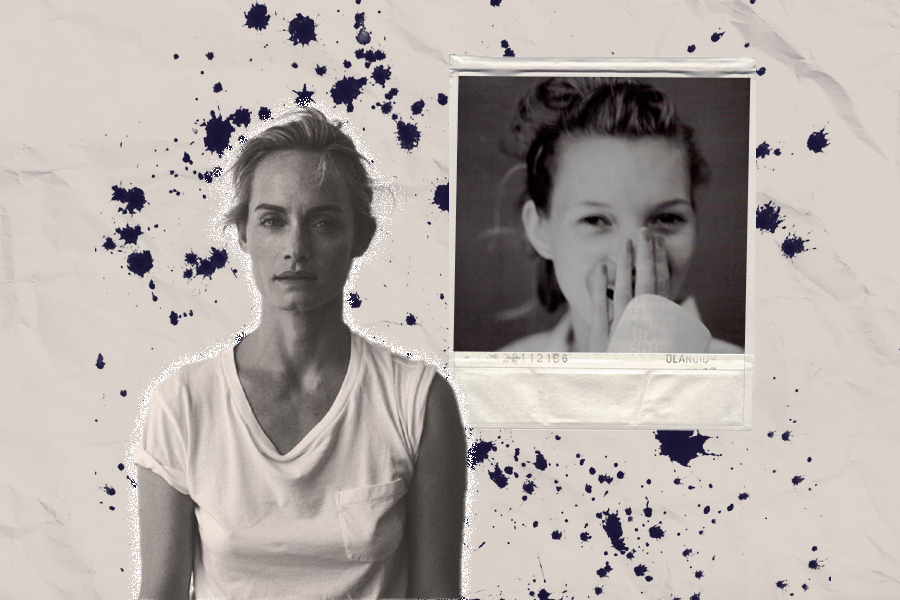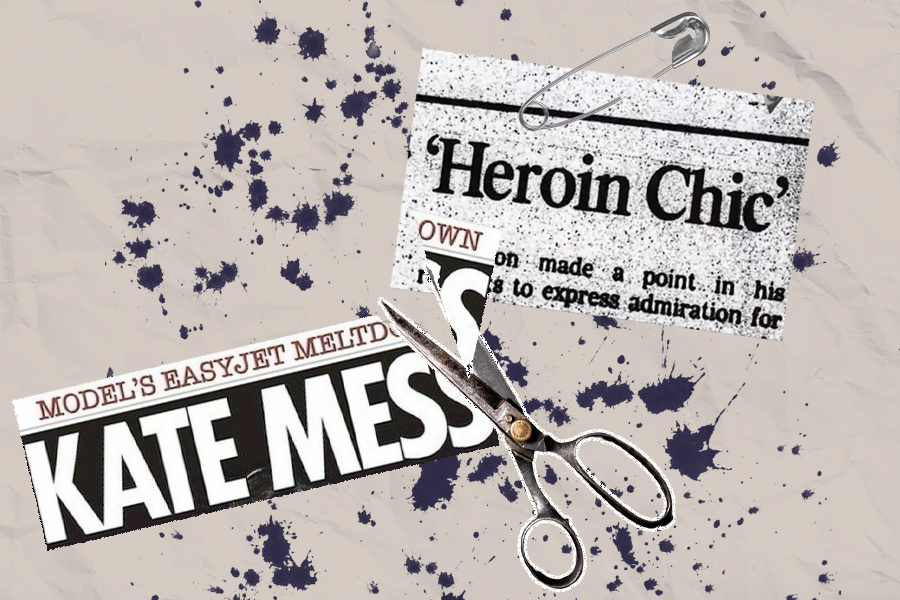Heroin Chic That Became a Symbol of the 90s
The raw aesthetic that redefined fashion.
Heroin chic became a hallmark of the 1990s fashion revolution, redefining notions of beauty, style, and cultural benchmarks. This trend emerged as a reaction to the vibrant glamour of the 1980s, embracing minimalism, rough naturalism, and the rejection of idealization. It shifted fashion's direction toward a darker, melancholic tone, catapulting many models.
How It All Began

The 1990s were marked by a heroin epidemic, particularly among the youth. Heroin was viewed as a symbol of alienation, escapism, and inner turmoil. Heroin chic adopted this aesthetic, epitomizing anti-glamour and a rebellion against consumer culture. However, the glamorization of this subculture sparked controversy.
Critics argued that the fashion industry, by promoting such a style, encouraged anorexia and substance abuse. Advertising campaigns inspired by heroin chic were accused of romanticizing destructive lifestyles, potentially influencing young audiences negatively.
Photographers like Steven Meisel and Juergen Teller played a significant role, along with models like Kate Moss, who became the face of this movement. Their work was characterized by deliberate rawness, naturalism, and a rejection of retouching. Images often depicted models with pale skin, emaciated bodies, dark circles under their eyes, and casual clothing — a stark antithesis to the glamour of the 1980s.
The Stars of Heroin Chic

Kate Moss
Kate Moss undeniably became the leading star of heroin chic. Her career took off in 1990 when photographer Corinne Day shot her for The Face magazine. With her relatively short height for a model (170 cm) and unique features, Moss stood out against the idealized supermodels of the time, like Naomi Campbell and Claudia Schiffer. She became the face of Calvin Klein campaigns, where her understated simplicity and vulnerability perfectly encapsulated the heroin chic aesthetic. Her success cemented this style as the dominant trend of the decade.
Georgina Cooper
Georgina Cooper also played a significant role in shaping the heroin chic aesthetic. Her memorable looks and ability to convey complex emotions through the lens made her one of the era's most sought-after models. Cooper embodied the "perfectly tired beauty" — pale skin, refined facial features, and effortless dishevelment. She frequently appeared in fashion shoots emphasizing dramatic light and shadow, highlighting androgynous features and apathetic moods.
Amber Valletta
Amber Valletta was another iconic figure of the time. Her cool, almost aristocratic beauty fit seamlessly into the heroin chic imagery. Valletta gained prominence through collaborations with leading photographers like Steven Meisel, who actively incorporated the style's elements into their work. Like Moss, Valletta became the face of campaigns where vulnerability and minimalism were the focal points.
Shalom Harlow
Shalom Harlow is also associated with this movement, though her appearance was more classically elegant. She frequently appeared in shoots where her natural beauty was accentuated by the absence of heavy makeup and a focus on emotional depth. Harlow, like her heroin chic contemporaries, blurred the lines between high fashion and experimental art.
Stella Tennant
Stella Tennant, a member of British aristocracy, brought an androgynous edge and unique eccentricity to heroin chic. Her sharp facial features and distinctive style made her a favorite of photographers like Mario Testino and Nick Knight. Tennant represented not only heroin chic but also the emerging aesthetic of the "tired Brit," which later gained popularity.
The Decline of the Trend

Heroin chic faced backlash for its romanticization of addiction and destructive lifestyles. The fashion industry soon initiated a public dialogue about the responsibility of brands in promoting images that could influence young audiences. By the late 1990s, heroin chic gave way to other trends, though its legacy continued to surface in new directions.
What Came Next

Following heroin chic, numerous alternative trends emerged that retained its spirit of nonchalance and minimalism while adapting to changing societal demands. One such trend was the "tired Brit" aesthetic, which incorporated elements of British subcultures. It offered a softer version of heroin chic, presenting disheveled yet relatable looks that avoided associations with frailty. Models like Agyness Deyn became icons of this style, inspired by British grunge, punk, and working-class aesthetics.
At the same time, the early 2000s saw fashion pivot toward the concept of "natural beauty". This trend rejected past extremes, promoting health-conscious and active lifestyles. Runways began featuring models with natural proportions, fresh faces, and minimal makeup. This shift was society's answer to the glamorization of extremes.
A later successor to heroin chic was "soft grunge," which gained popularity in the 2010s. This movement borrowed elements from grunge and heroin chic but made them more approachable and cheerful. Ripped jeans, flannel shirts, and vintage accessories were combined with brighter and more optimistic elements, reflecting cultural shifts in perception.
The evolution of fashion trends after heroin chic illustrates how quickly the industry adapts to societal changes. Despite criticism, heroin chic remains a significant milestone in fashion history. It not only altered aesthetic standards but also initiated deeper conversations about the industry's influence on society.












